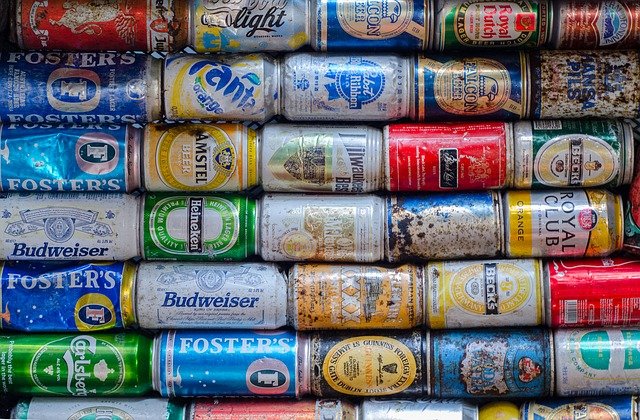Everything you need to know about the disposal of metal

Metals are widely used because of their useful characteristics – they’re malleable, conductive, ductile and have many more beneficial properties. With this, we also see a large amount of metal being discarded in the waste, whether this be in domestic, industrial or commercial settings.
Many metals can be recycled again and again without losing any of their qualities. In fact, steel is 100% recyclable, and is by far the most recycled material per tonne in the world today! This means that after the life cycle of the metal product, we can make use of the material again, transforming it into various new products, while maintaining its useful characteristics.
Here is a brief outline of the process of metal being recycled.
- Separating and sorting the metals
Not all metals can be recycled, so the first step is to separate the recyclable metals from the non-recyclable ones. The materials are also sorted depending on the type of metal, its quality, and its composition. When these are separated as such, they are sorted into large skip bins so that they can easily be transported to be processed by scrap metal collectors.
- Crushing, compacting and shredding the metals
The metals are squeezed inside a compression chamber to break down the metal and make it more compact in size when you have the exact set of elements that need to be recycled. The metals are then broken down even more into smaller components, such as recycled aluminium sheets. The shredding step’s main goal is to break down the material sufficiently so that it can be melted later!
- Separating from other materials
A small step that’s done before melting the metal is to remove any impurities from the material. There could be small amounts of non-metallic materials still on the metal, so it’s important to get this out before the melting process. This can be done by blowing hot air upwards of 500 degrees Celsius through the metal to suck out these impurities.
- Melting, purifying and solidifying the metals
The metals are then placed into a large furnace for the melting process. The temperature of the furnace differs depending on the melting point of the specific metal being dealt with, and its other properties too. The length of this process will vary depending on the size to which the metal was broken down in the crushing, compacting and shredding step, the size of the furnace, and the temperature of the furnace.
Afterwards, they are again checked for impurities that remain, which are removed from the metal so the recycled material can be in its highest quality. This purifying is often done by electrolysis.
Finally, the metal is placed in moulds, depending on the metal, and is cooled in a cooling chamber so it can solidify. Now, the metal is in a pure form, ready to be used for a whole new life cycle!
To learn more about how Solo Resource Recovery recycles metals and other materials in a safe, efficient and sustainable way, visit our website or contact our team at 1300 46 76 56.
Related Posts

Published: October 1, 2024
Is Your Waste Management Performance Up to Scratch? Discover the Solo Difference
Read more
Published: August 15, 2024
Solo Invests in the Future: Company Expands Fleet with Hydrogen Vehicles
Read more
Published: December 15, 2023